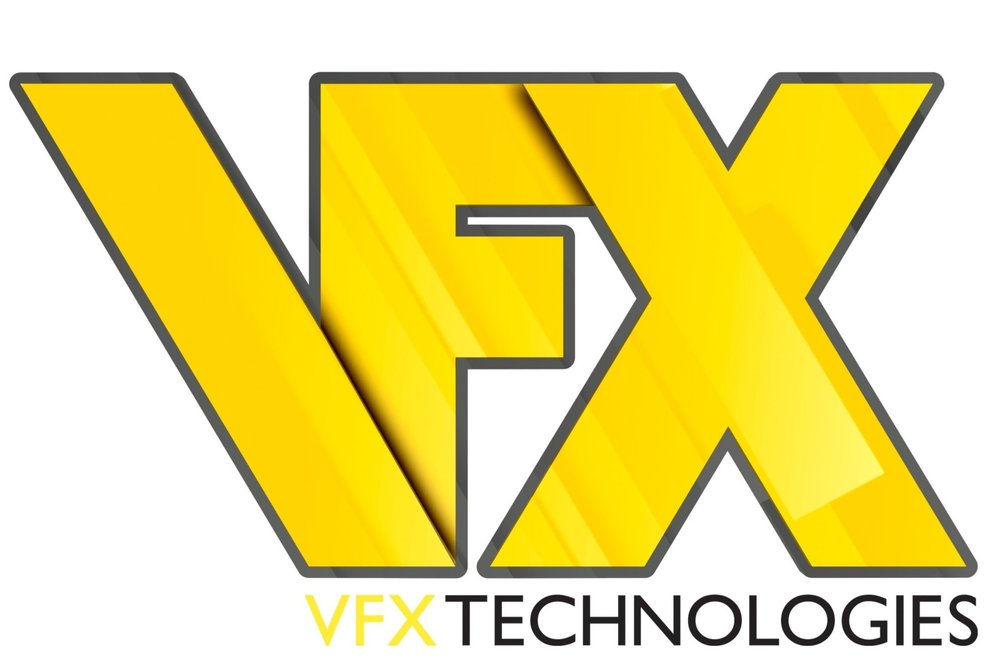The NVIDIA Ada Lovelace GPU architecture has been designed to provide revolutionary performance for ray tracing and AI-based neural graphics.
Read More4k / UHD Post Production and the need for GPUs
For SD editing, you need nothing other than a decent computer and one or two monitors. For color grading and visual effects, using applications such as Maya, Resolve, Flame, and Premier Pro, a high-end workstation will provide a smoother and faster workflow. 4k / UHD media and above can tax a computer so having access to a top-of-the-line machine such as an HP Z840 or a Boxx Apex 4 can improve your quality of life as a creative artist. These computers are better because of their ability to use multiple GPUs in addition to powerful, multi-core CPUs. This technology is expensive but, increasingly necessary. On a project by project basis, it may be better to rent.
The importance of GPUs is that the video software mentioned above is now able to dump much of the heavy lifting onto the GPU (or even several GPUs), leaving the CPU free to do its job of delegating tasks, applications, APIs, hardware process, I/O device requests, and so on. The CPU just makes sure all the basic tasks run in harmony while the GPU takes care of crunching the more complex and intensive computation needed by the application. It is important to know that for all but the most basic video (and certainly for any form of 4K), the computer should have a dedicated graphics card for processing your editing tasks.
You may need several graphics card for any serious 4K work, especially RAW. The stock graphics card just needs to drive the number and resolution of whatever computer monitors one will use. One or more additional GPUs should be there to provide accelerated parallel processing crucial for any serious workstation. These extra graphics cards should be as powerful as one can get. Since these cards are very expensive, renting is a practical option. (Note that additional GPUs, when configured to provide acceleration cannot drive additional monitors.)
For many years, powerful GPUs were primarily only valuable to gamers drawing complex 3D worlds in real time, until software developers like Apple and chip makers like ATI and Nvidia realized they were sitting on a gold mine of untapped computational power. In response, two important standards emerged – OpenCL and CUDA.
CUDA is a proprietary specification exclusively available on specific Nvidia GPUs, including all of their professional Quadro models. Suffice it to say tests show CUDA beating OpenCL at floating-point and OpenCL ATI products beating Nvidia at integer math. Either way, they both do the same thing, make editing systems scream because they can process video way better than any CPU ever could.
We now have several models of GPUs in our rental pool and for sale. NVIDIA M6000, K6000, K4200, GTX 1080TI, GTX 1080 and GTX 980. If your computer has space to accommodate these, we can install and configure. If you need a complete workstation, we have those as well. For more information contact Jim at 800 516-4302 or email.
Much of this blog is derived from an article by Howard Gotfryd. I thank him for his insight and highly recommend you follow him on eXplora. - Jim Reisman

